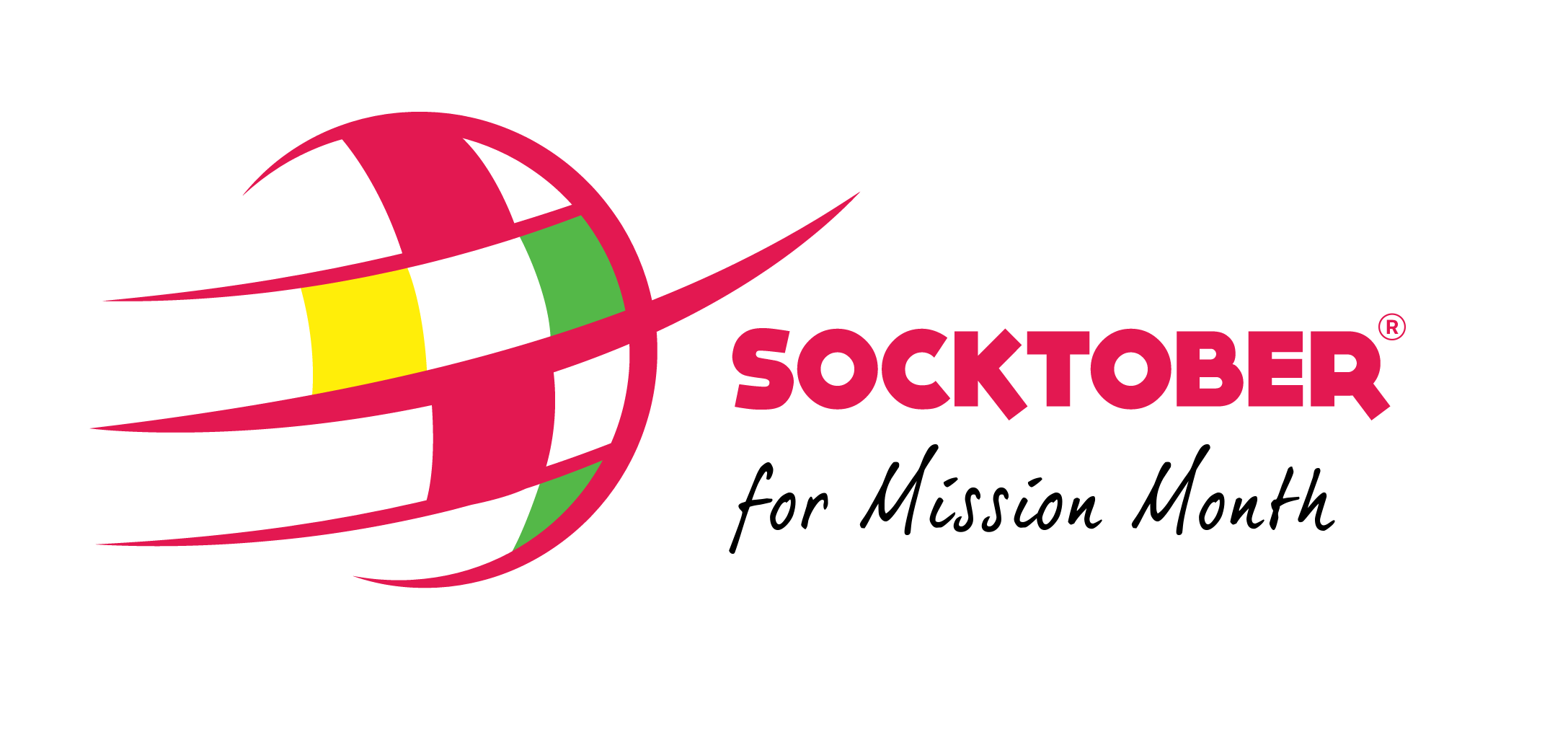Inquiry Questions:
How can your school provide peace through engaging in Socktober?
What comes to mind when you hear the word 'peace'? (P)
What does power have to do with fairness and justice? (S)
KEY: (P) = Primary activity | (S) = Secondary activity

1. View the image 'The Christmas Truce' and read the inscription. Can you find other examples of sport bringing people together in unusual circumstances?
2. Research the story of the dove as a symbol of peace. Create a community art installation of doves for Peace Day.

1. 2024 has been designated a 'Year of Prayer' by Pope Francis. Why would Pope Francis identify this as a need in our world and Church in 2024?
2. Read ‘What Does Peace Feel Like’ by Vladimir Radunsky, write all the different ways to say ‘peace’ on cards and put them up in your classroom. Learn how to say it.

1. The United Nations theme for International Peace Day in 2024 is 'Cultivating a Culture of Peace'. Promote this in your community.
You’ve been asked to design a symbol for peace at school. What would you create and why?
Scripture Link:
“And let the peace of Christ rule in your hearts, to which indeed you were called in one body. And be thankful.” - Colossians 3:15
This verse calls believers to let the peace of Christ rule in their hearts and to be thankful, emphasizing unity and gratitude within the community. It teaches us that embracing Christ's peace can lead to harmony and thankfulness, fostering a supportive and unified community.
Catholic Social Teaching
1. Common Good - A true community is one where the common good is reached when we work together to befter the wellbeing of all people in our community and the wider world.
2. Human Dignity - God made each person, so every life is important and should be protected.
3. Subsidiarity - God made us to be part of communities, families and countries, so all people can share and help each other. No one community should have dominance over another or interfere in their lives.
Additional Activities: primary
📚 READ...
Read page 8 in Mission Today. Cardinal Marengo says ‘Be the apostle where you are'. How can you live this out in a practical way where you are?
...and be inspired!
📺 WATCH...
Watch the YouTube clip of the winner of the international peace poster competition ‘Meet Anja Rožen: 2021-22 Peace Poster Contest Grand Prize Winner’. Listen to what she has to say about her artwork.
...and be moved!
🎧 LISTEN TO...
Listen to ‘Be the Hands, the Heart of God’ by Janet Vogt. Plan a ‘Peace’ Prayer liturgy and include this song.
...and reflect!
Additional Activities: secondary
📚 READ...
Read page 5 in Mission Today. Write five key learnings about interfaith dialogue in Mongolia.
...and be inspired!
🎧 LISTEN TO...
Listen to some peaceful music as part of your wellbeing. Do you feel at peace when you’re finished? Describe this feeling – reflect in your journal.











